
Thursday, July 10, 2014
Connection between Ancient India and Uru Civ of Australia

Tuesday, July 8, 2014
Chakravan city in Ramayana
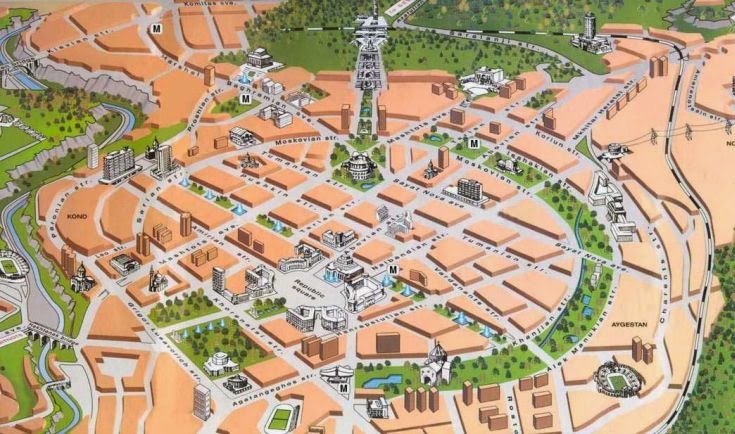
In Ramayana, the most ancient poem written in human history, sage Valmiki describes about a circular city which is towards west of bharata khanda (India).
To the brigade that was supposed to travel west, he gives a route map which will lead them to Astagiri (Asta = sunset, giri = mountain). He asks them not to travel beyond Astagiri, as that is culmination point in west direction. Sugreeva directs the ‘vanaras‘ to travel towards west from the Vindhya mountains of India, right up to the fourth quarter of the (Arabian) sea, via a point ‘where the Sindhu(Indus) river falls into the sea‘. The Indus joins the Arabian Sea at Karachi in today’s Pakistan.
Going along this route, the fourth quarter of the sea would bring the Vanaras to the ‘Persian Gulf‘. Here, Valmiki describes a coastal mountain by the name ‘Hemgiri‘, whose peak is so high that it seems like touching the sky.
They will also encounter a waterlogged mountain named ‘Paariyatra‘, which means that they travelled sea-side along the persian gulf. Then he describes Mount ‘Vajra‘, which shines like a diamond – might possibly be a reference to the peaks of what is today known as the Zagros Range.
 |
| Persian Gulf |
This city or structure was built on this mountain by the celestial architect ‘Viswakarma‘.
This is where ‘Sudarsana Chakra‘, the weapon of Lord Vishnu was created by Viswakarma.
This could be the city of Yerevan in Armenia, which is one of the oldest continually inhabited cities of the world.
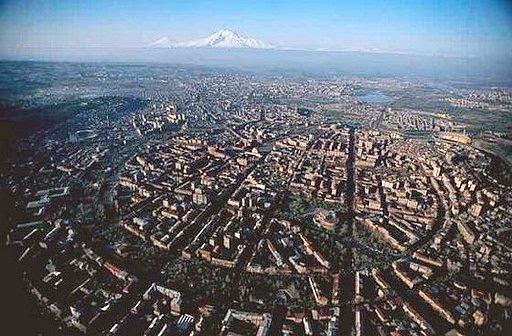 |
| Ancient yerevan City |
Yerevan has been rebuilt multiple times on the older ruins over many
years but still its original ‘circular’ shape has been retained.
Yerevan city is spread out now but historically the city was located at
the heart of the Armenian Highland in Kotayk canton of Ayrarat province.
Ramayana says that at a distance of 64 ‘yojanas‘ (between 6 to 15 km) from this city, Vanaras will encounter a peak named ‘Varaaha‘. This may be Mount Ararat of today, which is visible from Yerevan.
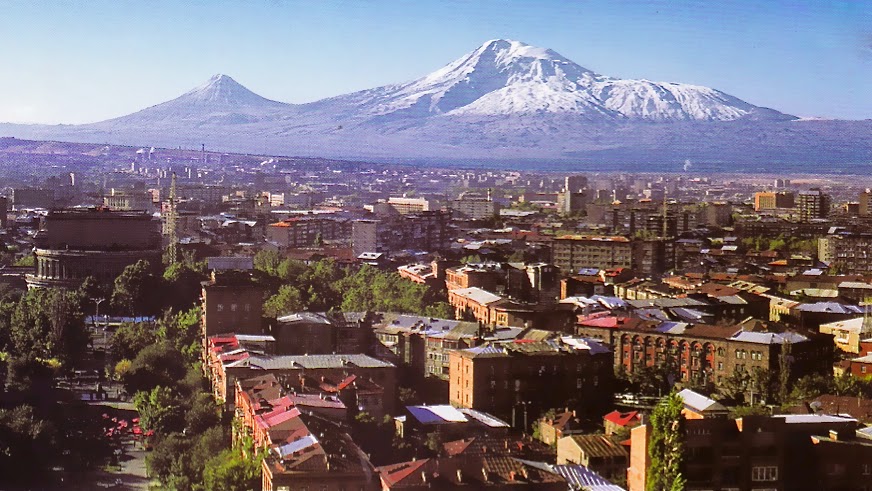 |
| Yerevan and Mount Ararat |
The Chakravaan city could also be ancient Baghdad, which was also built multiple times on a circular layout.
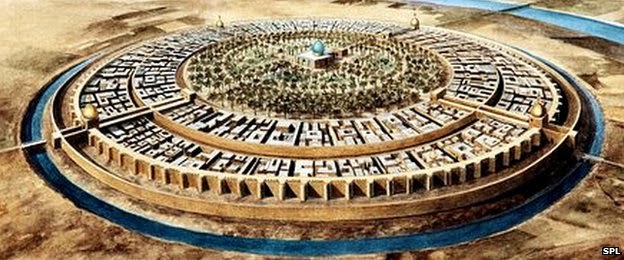 |
| circular ancient baghdad city |
Few researchers assume the circular structure to be ‘Arkaim Circles’ in the ural mountains.
But they’re towards north-west of india and have no arabian sea near them.
King Sugreeva instructs one group to go towards the east direction and asked them to look for a Trident etched on a mountain. This Trident of Peru is still visible from sky.
King Sugreeva instructs one group to go towards the east direction and asked them to look for a Trident etched on a mountain. This Trident of Peru is still visible from sky.
Via BookFacts.com
Monday, July 7, 2014
The Lost temple of India
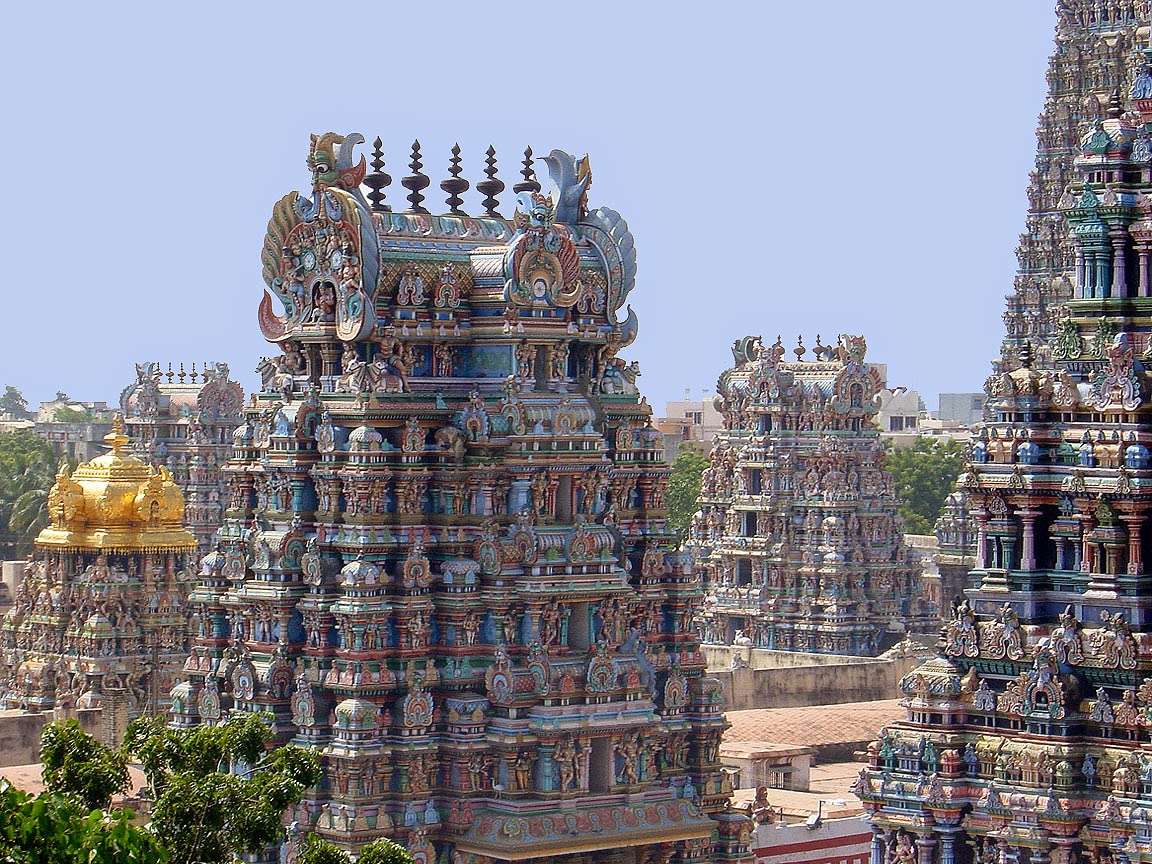
The Mysteries of Asia three-part video series was originally produced for the Learning Channel. During this segment, historians and others examine temples built in India more than 1,000 years ago. They remain quite intriguing, though today’s tourists rarely visit them. Records reveal that trained elephants had to drag millions of stone blocks to help erect these structures.
Saturday, July 5, 2014
Pre Jewish Canaanite Religion has Vedic Gods & Names
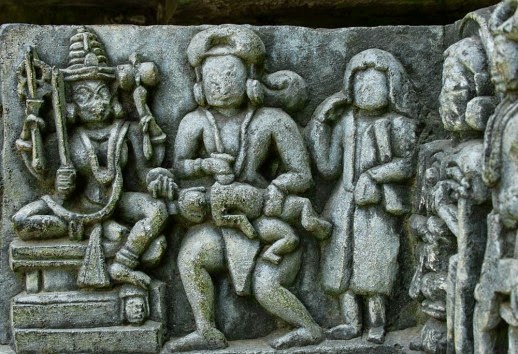
Canaanite religion was followed by Ancient Semitic religions living in the ancient Levant (modern regions of Israel, the West Bank, Gaza Strip, Lebanon, Jordan and Syria) between early Bronze age (3000 BCE) till 1st century of Common Era. Here are some similarities between Cananite and Hinduism.
Thursday, July 3, 2014
Science behind Indian traditions
Traditions in Hinduism were considered mainly as superstitions, but with
the advent of science, it is becoming evident that these traditions are
based on some scientific knowledge and moved from generations to
generations as traditions. Though the common people did not know science
in it, they were following it very faithfully over the years.
Wednesday, July 2, 2014
Bhangarh: India's most haunted Place
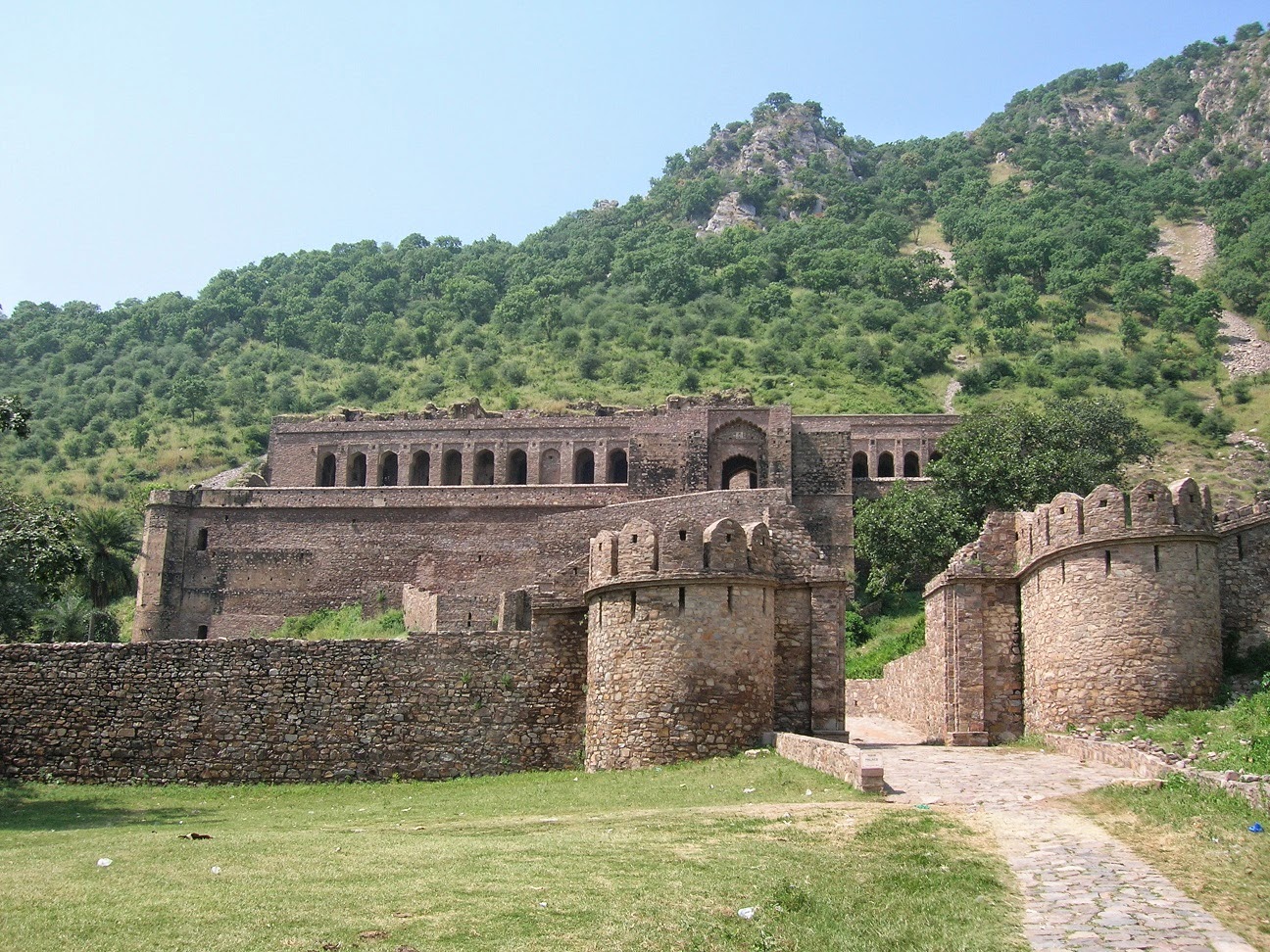
How many of us believe in ghosts? Do they actually exist? Can they be felt? Believers will reply in affirmative and non-believers will perish the thought. But everybody would like to take a trip to THE den of the ghosts and such was the trip to Bhangarh, considered India's "most haunted" place.
Subscribe to:
Posts (Atom)

Custom Search
Subscribe to Newsletter
Sign up now to receive breaking news and to hear what's new with our website!

